Business Process Automation (BPA) uses technology to hand off tasks that would require manual effort and are vulnerable to errors. This allows employees to perform more efficient work and enhance customer service.
Before deciding on which processes to automate, and how, organizations need to assess their ability to adapt their workflows daily. They should also be able to identify the processes with the highest potential for cost-savings and other operational improvements. During this phase teams must communicate with the leaders and employees affected by the BPA project to ensure they are able to clearly communicate the benefits and address any concerns.
Once a team has determined the tasks to automate, it must decide on the appropriate tools to implement it. An ideal choice is a low-code automation program which allows business teams to make use of a user-friendly interface to build, modify, and monitor their own automated processes without the requirement for a ticketing system and IT support. Examples include Blue Prism, UiPath and others.
Process discovery and identification: Analyzing existing processes is essential before adopting automation for business processes Therefore, it is essential that the right people take part in brainstorming sessions and workshops. These sessions can help you to gain a deeper understanding of each step and pinpoint areas for improvement.
Once you’ve identified areas that could benefit from automation of business processes It’s time to start prototyping and testing your technology solution. When it’s time to go live, you’ll need to train your employees on the new procedures and implement the tested system.
